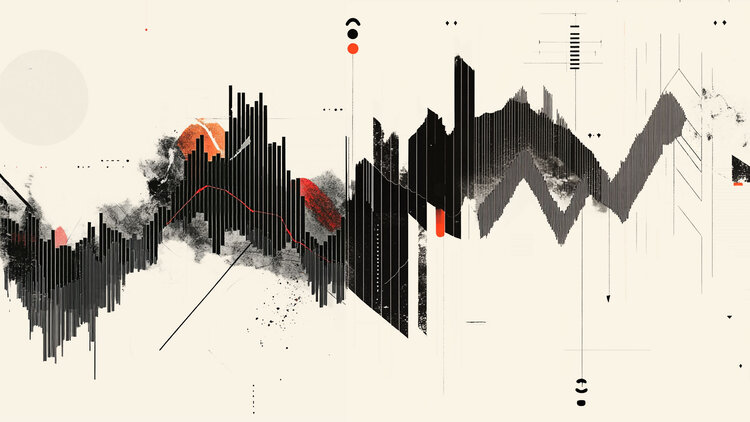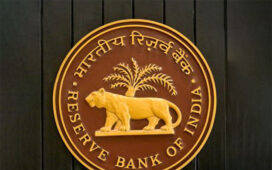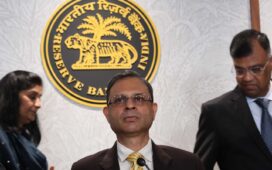Markets woke up Monday to the smell of détente — that familiar scent of risk-on optimism that only comes after a weekend of mutual saber-rattling followed by a wink and a handshake from Washington. President Trump’s post on social media hinting at “progress” with China acted like a double espresso for traders who’d spent the week pricing Armageddon into the tape. Futures leapt, gold cooled, oil firmed, and crypto — always eager to front-run diplomacy — shot higher as if tariffs had already been torn up and replaced with digital handshakes.
But let’s be clear: this isn’t détente, it’s negotiation theatre. The Goldman note — buried between the lines of diplomatic caution — essentially says both sides are bluffing hard, trying to raise the pot without tipping the table. Trump’s “100% tariff” threat is less about fiscal aggression and more about leverage — a poker chip for the APEC meeting in South Korea later this month. Beijing’s rare-earth export squeeze? Equally theatrical. This is a chess match where each move is made for the camera as much as for the board.
In truth, both sides are operating from the same script: escalate publicly, retreat privately. It’s the geopolitical version of a trading desk morning meeting — talk tough, position light, and hope someone else flinches first. Trump knows that actually enforcing 100% tariffs would turn the S&P 500 into a piñata. Xi knows that cutting off rare earths to the West risks gutting China’s own tech ambitions. The only way out is through a series of “symbolic concessions” — enough to declare victory at home, not enough to cause real pain abroad.
Markets, of course, have seen this movie before. Every cycle begins with panic headlines about trade decoupling, followed by a soft landing made of paper promises and postponed deadlines. This time, though, the choreography has a different rhythm. Beijing has become far more confident in weaponizing supply chains — rare earths are their semiconductor sanctions. Washington, under Trump 2.0, has learned to respond with tariffs like a day trader adding leverage — fast, loud, and dangerous. Yet both know that a full-blown tariff war now would torch the AI-capex dream both economies are indirectly riding on.
Goldman’s core takeaway — and it’s hard to disagree — is that de-escalation is the path of least resistance. Both camps will likely stretch the current tariff pause past November 10 and dress it up as a “strategic framework.” Maybe we’ll even get a few concessions to hang headlines on: some tariff rollbacks here, a license waiver there. But the underlying dynamic won’t change. This is no longer a trade war about goods; it’s an influence war about control — of tech supply, of data flow, of the future industrial map.
Traders will interpret the optics as bullish — because relative calm after chaos always is. But the real story is the slow fragmentation of the global supply web. Even if tariffs don’t rise, the uncertainty premium will. That’s why the knee-jerk rallies in equities, oil, and crypto could fade once traders realize the peace is performative. Expect a volatility smile — not a VIX spike, but a smirk of skepticism — as the market weighs how long this ceasefire lasts before someone reopens the tariff folder.
For Asia, the picture is more nuanced. Japan and Korea — the perennial middle children of trade diplomacy — could find themselves worse off if U.S.-China concessions narrow tariff differentials. In relative terms, what’s “good” for Washington and Beijing could erode their competitive edge. Korean chipmakers and Japanese auto exporters may quietly root against reconciliation, at least the kind that levels the field.
For now, though, traders will take the reprieve. Trump’s “solution-seeking” post was the market equivalent of a dovish Fed whisper: not binding, but enough to trigger a buying frenzy. Futures popped because traders know the game — every escalation ends with a tweet that says, “We’re talking.” And in an algorithmic world, that’s all it takes to turn fear into FOMO.
Behind the stage lights, both capitals are doing the math. China’s rare-earth leverage only works if it doesn’t scare off buyers entirely. America’s tariff bluff only works if it never needs to be called. What we’re witnessing isn’t détente — it’s controlled brinkmanship, the political analogue of gamma trading. Both sides know they can’t blow up the system; they’re just trying to price each other’s tolerance.
By month-end, expect the usual compromise: no 100% tariffs, no full embargo, and a fresh round of “constructive dialogue.” The tape will call it a win. Traders will call it another Manic Monday avoided. The only losers will be those who forgot this game is less about who blinks first — and more about who can keep blinking without losing sight of the bid-ask spread.




